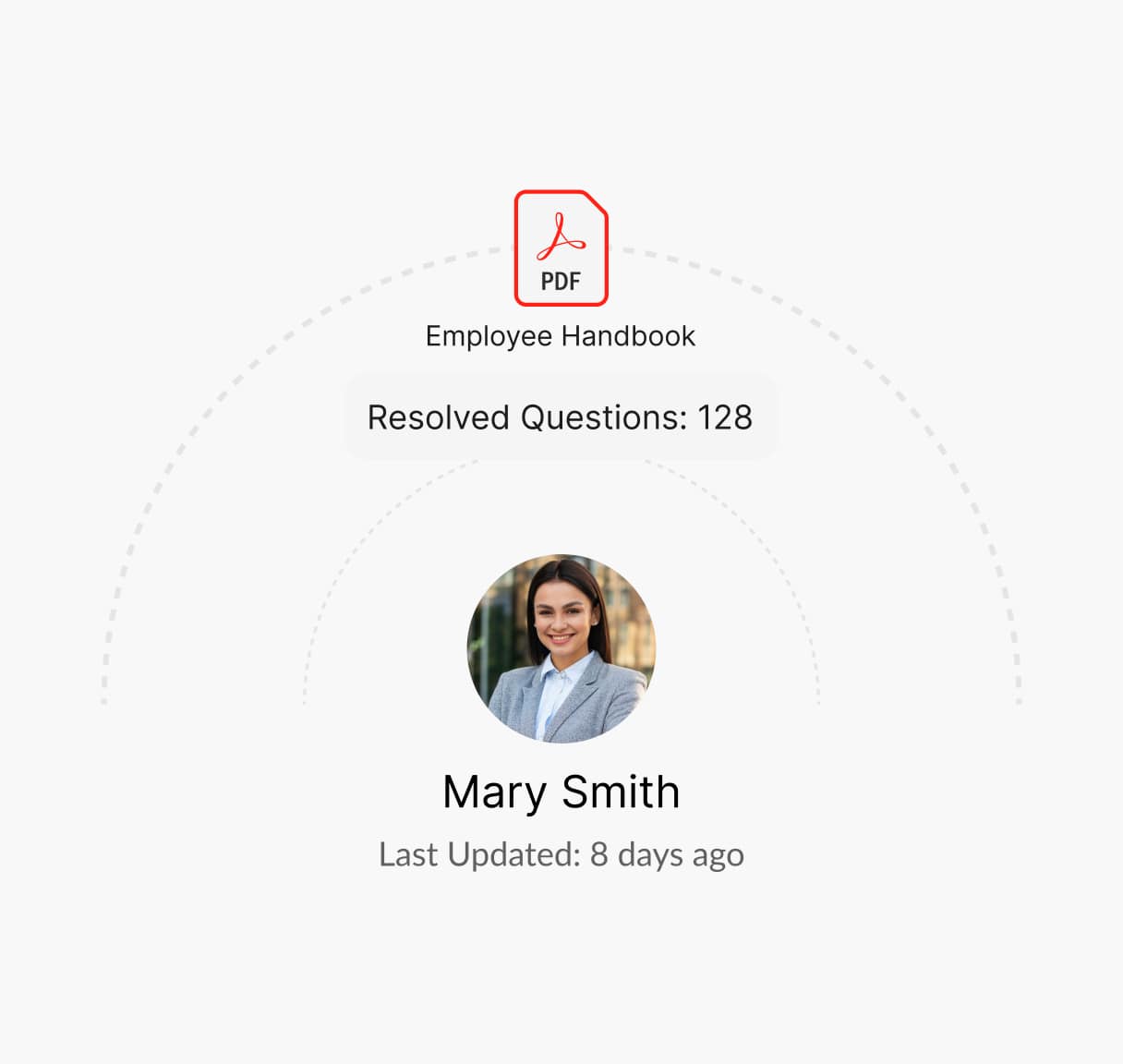Everything You Need to Know About Remote Work Policy
A Remote Work Policy is essential for defining the guidelines, expectations, and support systems that enable employees to work effectively from home or other offsite locations. It ensures clarity, promotes accountability, and supports flexibility while maintaining productivity and collaboration.

What is a Remote Work Policy?
A Remote Work Policy, also known as a Work From Home or Telecommuting Policy, is a comprehensive document outlining the expectations, procedures, and standards for employees working outside traditional office environments. It establishes guidelines on eligibility, communication, performance metrics, and data security, ensuring that remote work arrangements are productive, secure, and compliant with organizational values and legal requirements. This policy provides a structured approach to managing remote work while fostering accountability, trust, and efficiency.
Guidelines for Creating a Remote Work Policy
By implementing a clear policy, organizations can create a seamless remote work experience that balances employee needs with business goals. Here’s how you can develop a solid remote work policy:
Understand Legal and Regulatory Requirements
Ensure compliance with labor laws, tax implications, and remote work regulations in all relevant jurisdictions.
Define Eligibility
Specify which roles or employees are eligible for remote work and the conditions (e.g., performance criteria or temporary arrangements).
Set Communication Standards
Outline expectations for regular check-ins, availability, and the use of communication tools.
Establish Data Security Protocols
Highlight measures for protecting company information, such as VPN use, device security, and restricted data access.
Provide Necessary Tools and Support
Clearly state the tools, software, and resources employees need for remote work, and specify whether the company will provide these.
Outline Reimbursement Policies
Address reimbursements for remote work-related expenses like internet costs, software, or ergonomic equipment.
What is Covered in a Remote Work Policy?
An effective Remote Work Policy should include the following
Eligibility and Scope
Define role suitability, technological requirements, and the employee’s demonstrated ability to meet organizational goals while working remotely. Additionally, clarify any exceptions for temporary arrangements due to health, caregiving responsibilities, or other special circumstances.
Expectations and Accountability
Detail clear performance expectations, including measurable deliverables, adherence to project deadlines, and consistent alignment with team objectives.
Communication Guidelines
Specify the tools and platforms to be used for communication, such as email, Slack, or Microsoft Teams, and set expectations for responsiveness during agreed-upon working hours. Include protocols for scheduling and attending virtual meetings and reporting progress.
Data Security and Confidentiality
Outline robust cybersecurity requirements, including the mandatory use of company-approved devices, VPNs for secure network access, and two-factor authentication.
Reimbursement and Support
Clarify expense reimbursement policies for remote work-related costs such as internet connectivity, software licenses, or ergonomic office equipment. Provide details on available IT support, including procedures for addressing technical issues.
Time-Tracking and Productivity
Include standardized methods for tracking work hours and measuring output, such as time-tracking software or project management tools.
Legal and Compliance Considerations
Outline any legal requirements, labor laws, or tax implications associated with remote work, including work hours, overtime policies, and jurisdiction-based regulations. Ensure employees understand their rights and responsibilities regarding workplace safety and remote work agreements.
Need help creating a Remote Work Policy?
How Winslow Helps HR Teams Save Time on Responding to Remote Work-Related Questions?
Managing remote-work inquiries can be time-consuming, but Winslow, your AI-powered HR assistant, simplifies the process:

Instant answers anytime
Winslow ingests your remote work policy and responds to employee questions instantly on platforms like Slack, Teams, or email.
Personalized Support
Winslow provides quick, AI-driven answers to all HR questions, including those related to your Remote Work Policy, ensuring seamless communication and guidelines for remote employees.


Analytics and Insights
Winslow tracks policy-related queries, helping you identify trends and areas where your policy might need improvement.
Streamline Your Remote Work Strategy with Winslow
A Remote Work Policy is key to creating a productive and secure remote workforce. Winslow simplifies policy communication and management, saving HR teams time and effort.
Advised by the best HR industry leaders
We are building a great HR team just like you
Frequently asked questions
Have further questions about Winslow, contact us at sales@usewinslow.com
How should remote employees' work hours and productivity be tracked?
HR teams can use time-tracking software or HR tools to monitor remote employees’ working hours. Additionally, project management tools can be used to track task completion and productivity, ensuring transparency and accountability in remote work.
What is the best approach for onboarding remote employees?
HR teams should develop a structured remote onboarding plan that includes virtual orientation sessions, introductions to team members, and comprehensive training on tools, systems, and company culture. Ensuring that new employees have the necessary equipment and resources is essential for a smooth transition.
How can HR evaluate the success of a remote work policy?
HR teams can measure the success of a remote work policy through employee surveys, feedback on remote work experiences, and tracking key performance indicators (KPIs) like productivity, engagement, and retention rates. Adjustments should be made based on the collected data to optimize the policy over time.